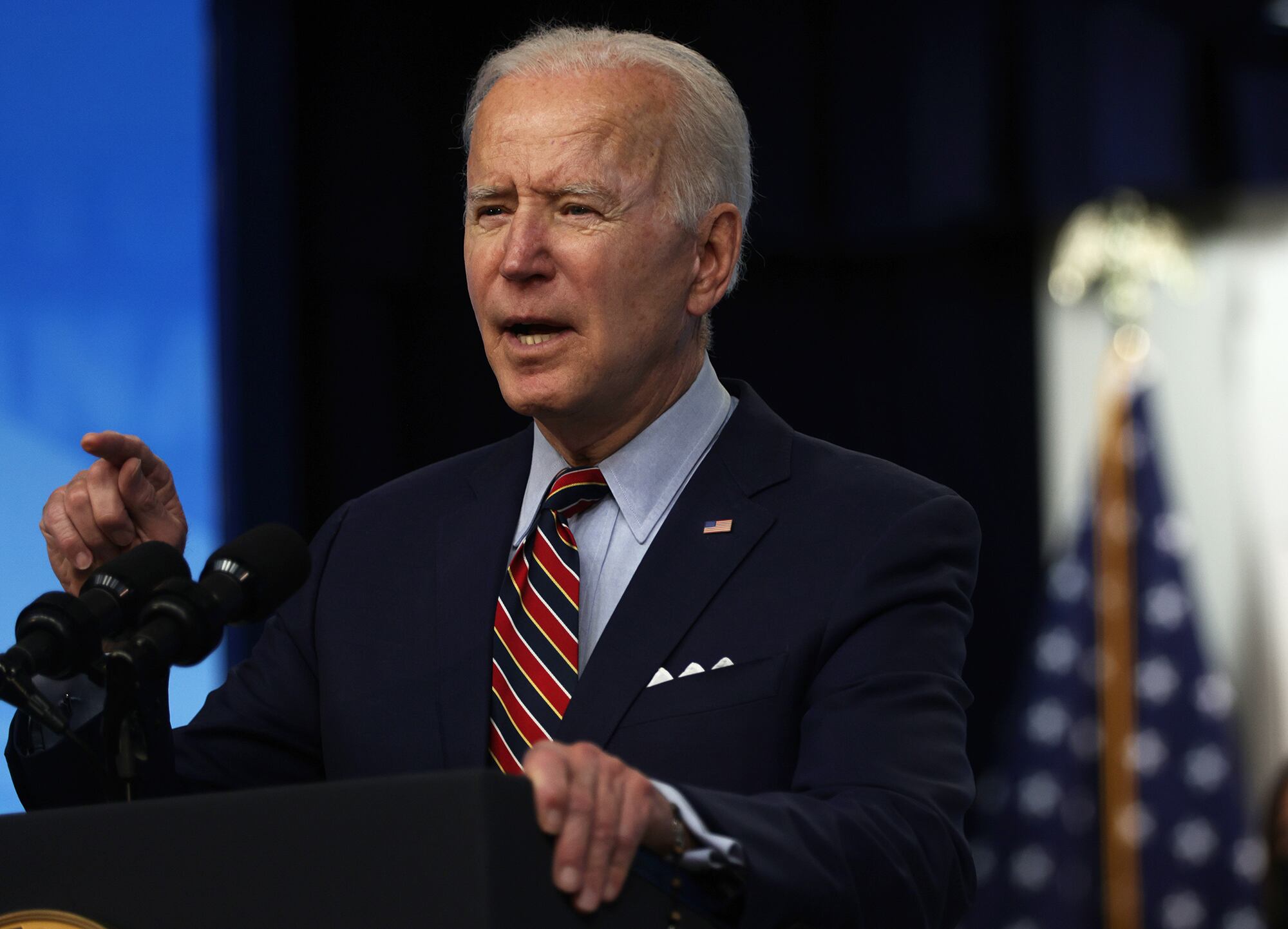Last week, the White House unveiled its $1.5 billion Fiscal Year 2022 discretionary budget request. It signals a significant boost (8 percent) in spending on the VA’s budget. The plan increases spending on several necessary priorities, including the pervasive problems of veteran suicide and homelessness. It directs more resources towards future-focused job training for veterans. It increases dollars for new research on evolving veteran needs.
These are the right priorities for the federal government in serving veterans. To be effective, government must put resources to their first best use and prioritize coordination, hopefully leading to cost savings in the future.
Addressing the crises of veterans suicide and homelessness
The discretionary spending request identifies $540 million for suicide prevention programming at the VA. It also provides $2.1 billion to end the systemic issue of veteran homelessness. Our approach to these two complex problems must be connected.
First, the VA must coordinate new efforts to prevent both suicide and homelessness. While the issues are distinct, they are often interconnected and share many of the same precursors. Stressors such as unemployment, housing insecurity, and social isolation are linked to both future homelessness and suicidal ideation. Preventing suicide and homelessness in tandem requires an approach that addresses social drivers and provides clinical interventions for those at risk.
The VA’s Strategy to End Veteran Suicide Objective 8.4 encourages collaboration between mental health providers and organizations impacting social challenges like housing insecurity. New VA programs should move beyond “encouragement” of coordination between health and social services, and towards “requirement” and “incentive.” Integrating health and social services is fundamental to both suicide and homelessness prevention strategies and can lead to cost savings in the future.
Second, any new prevention efforts established under this funding must leverage the power of community-based partners. The VA cannot solve these problems alone. Community-based organizations represent an opportunity to help address the multiple and simultaneous needs that lead veterans to crisis. The VA’s suicide prevention strategy rightfully includes a number of activities aimed at pairing clinical interventions with community prevention approaches.
Programs such as the governors’ and mayors’ challenges to end veteran suicide, VISN Community Prevention Pilots and the Together with Veterans initiative are all programs that build relationships between the VA and communities, integrating health and social care. This is necessary work and deserves more investment. The VA can go further by incentivizing local facilities to work with nonprofit collaboratives in their communities, and by using the new Suicide Prevention Grant Program to support the coordination of services in communities.
Positioning veterans for economic success
Preparing the American workers for the future is a major priority of this budget request. It provides funding for new skills training aligned with shifting workforce needs. This is the right move. Research suggests 40 percent of current occupations may be made obsolete by artificial intelligence, and 47 percent of veterans are in those occupations. Funding to invest in skill building is necessary, and the social sector should be a partner. The Onward to Opportunity (O2O) program exemplifies an intervention that builds partnerships with government and the private sector alike, to provide in-demand skills and certifications to veterans and their spouses that are aligned with the future economy.
Additionally, the budget request creates a pilot program between the VA and Labor to train veterans in clean energy occupations. This idea leverages veterans as an asset in our economy. Our research shows veterans are more likely to work in STEM occupations, like those required to advance clean energy. Here too, the social sector can play a partnering role. For example, the O2O program recently launched a new partnership with Boeing to train and place veterans in aerospace and defense jobs. In this case, the social and private sectors are leveraging veteran talent in partnership to fill a workforce need and serves as a model for new clean energy initiatives.
More research for understanding evolving veteran needs
Expanding the capacity for evidence-based policy is a priority in need of investment. Under this request, $882 million will be directed toward new veteran research initiatives. However, this funding is primarily focused on medical research. Veterans have many other needs that extend beyond health care. Many of the most pressing social and economic challenges, particularly those facing women veterans, veterans of color, and LGBTQ+ veterans, require more research. We need to better understand how our current policies and systems of care and are positioned (or not) to meet the unique needs of these populations and the veteran population overall.
If the current increase in funding isn’t enough to support research outside of health care, we must allocate more. With the new budget request, the White House is on the right path, but success will require more than dollars alone. It will require the right strategy to deploy those resources in an effective, evidence-based approach.
Dr. Nick Armstrong is managing director of research and data at the Institute for Veterans and Military Families (IVMF), and adjunct professor at the Maxwell School of Citizenship and Public Affairs at Syracuse University.
Editor’s note: This is an op-ed and as such, the opinions expressed are those of the author. If you would like to respond, or have an editorial of your own you would like to submit, please contact Military Times managing editor Howard Altman, haltman@militarytimes.com.




